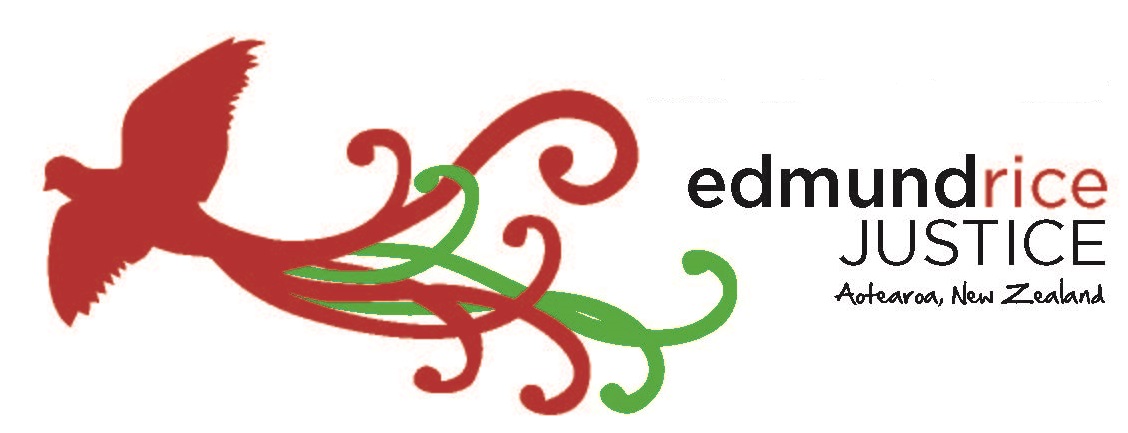Restoring What? The practice, promise and perils of restorative justice in New Zealand was the title of Chris Marshall’s, (Professor of Restorative Justice at Victoria University) inaugural lecture in March 2014.
The whakapapa of the restorative justice movement is complex and disputed, with different scholars tracing its emergence to different influences, says Marshall. He discusses the nature of social reform movements as mostly having fibrous root systems rather than a single taproot – shaped by a wide array of historical forces and drawing sustenance from diverse sources. Two of the principles he enumerates stand out for me – repairing, or restoring of relationship and the restoring of trust.
He asks, ‘What, precisely, is this damage that needs repair? What does restorative justice actually restore?’ The victim’s dignity or mana is one answer, rehabilitation of the offender is another. Or, for some it is financial or material restitution. Some deny that anything is restored, saying that the clock can’t be turned back. Some losses can never be made good – the life of a murder victim, the independence of someone disabled by violence, or the innocence of a sexually abused child . . .
Some say, justice can’t be restored if it didn’t exist in the first place. However ambiguous and complex, restorative justice is at the heart of healing for many. There the story is retold, the impact of trauma on lives is disclosed truthfully and compassionately, and the next chapter of life considered together so the relationship can be restored to rightness.
Restoring of relationships – seriously violated relationships are most in need of repair. This includes not just victim and offender but all those implicated in varying ways. The philosophy of Restorative Justice recognises that ‘these relationships are not being restored to what they were before; they are being restored to “rightness”, to what they ought to be like in the circumstances. Even if the parties never knew each other personally prior to the crime, their co-participation in the criminal event has created a relationship between them – an unhealthy and destructive relationship that needs to be restored to a rightful condition. The same applies to all the other layers of relations that constitute us as social creatures, since we are relational beings all the way down.’ (Marshall).
Restoring of trust – The real harm of crime is the loss of trust. ‘It is the betrayal of the most basic expectations we have of our fellow human being,’ Marshall says. ‘Crime shows we can no longer trust the person who has broken the rules and threatened our safety. The wrongdoer has proven to be “untrustworthy”, an outsider to the law-abiding community.’ What is most needed, then, in the wake of crime, is to regain trust in the offender. Not a perfect trust, but a basic trust that he or she will respect the rights, feelings and values of others and regulate their behaviour without the need of external coercion. Offenders must prove their readiness to be readmitted to the moral community by showing their trustworthiness again.
American author Ross London in his book Crime, Punishment, and Restorative Justice spent twenty-five years in the criminal justice system as an attorney, a public defender, and a municipal judge. He found himself asking the question: “Is this the best we can do?” When reflecting upon New Zealand’s Justice System and the potential for restoring relationships and trust, we can well ask the same question.
– Cathy Harrison
